|
|
|
|
|
|
|
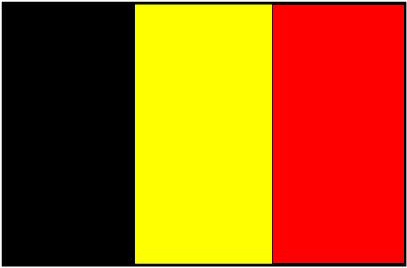 Belgium
|
Obusier de 15c.A.Cockerill - FRC sur affût métallique de siège |
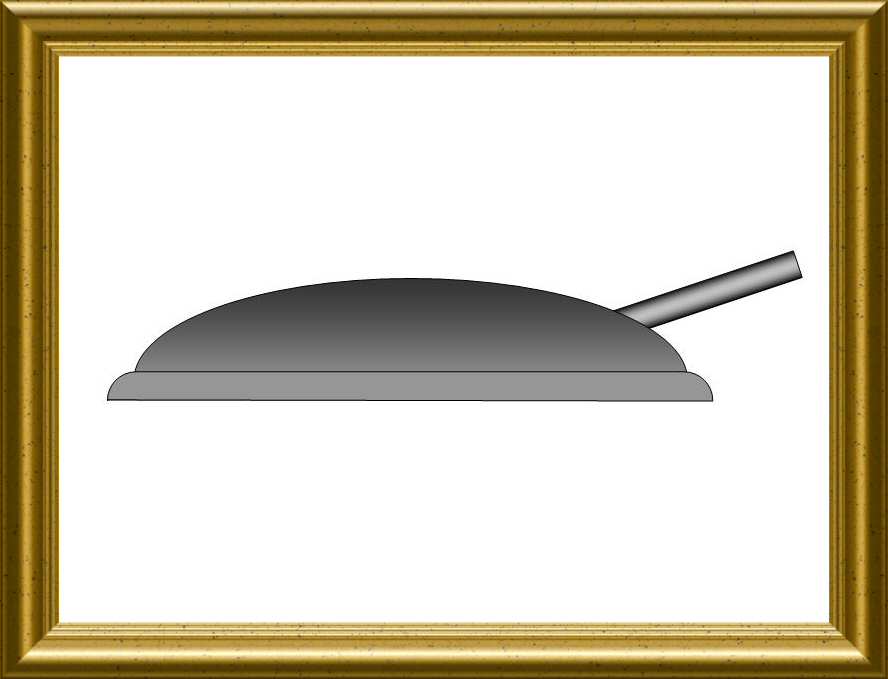 Fortress artillery
|
|
|
Contributor :
|
Location :
Belgium
Brussels
Musée Royal de l'Armée
Coordinates :
Lat : 50.84510 / Long : 4.39430
|
General comments on this surviving gun :
Identical items in the same location :
1
Items covered by this file :
1
|
|
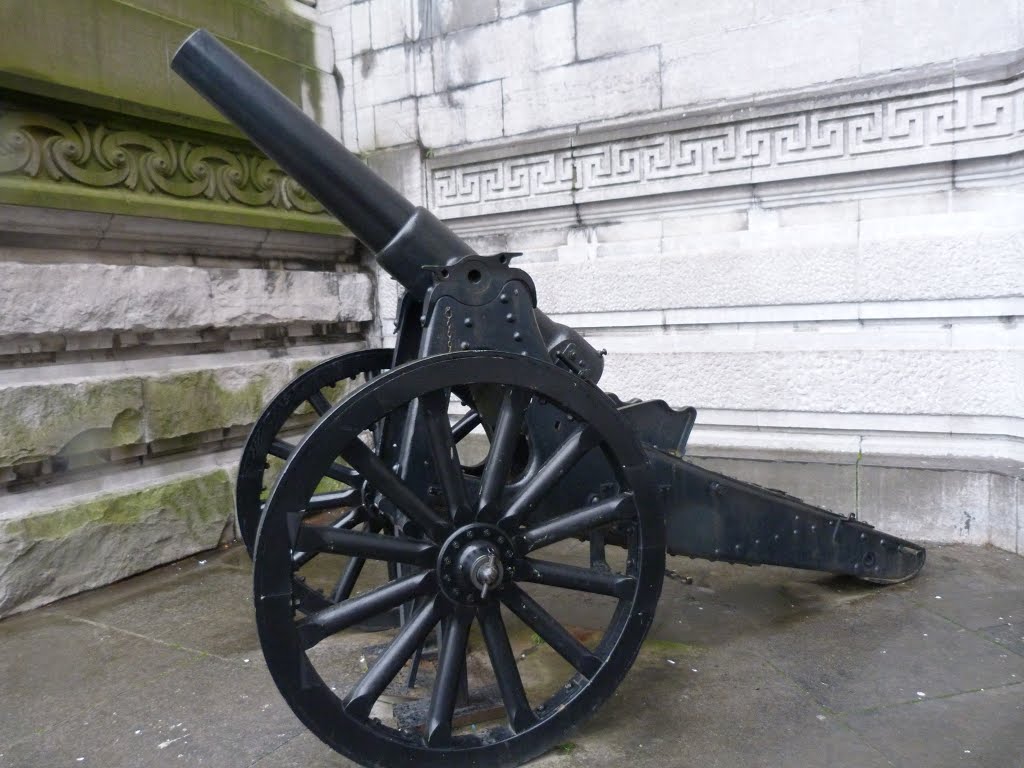
|
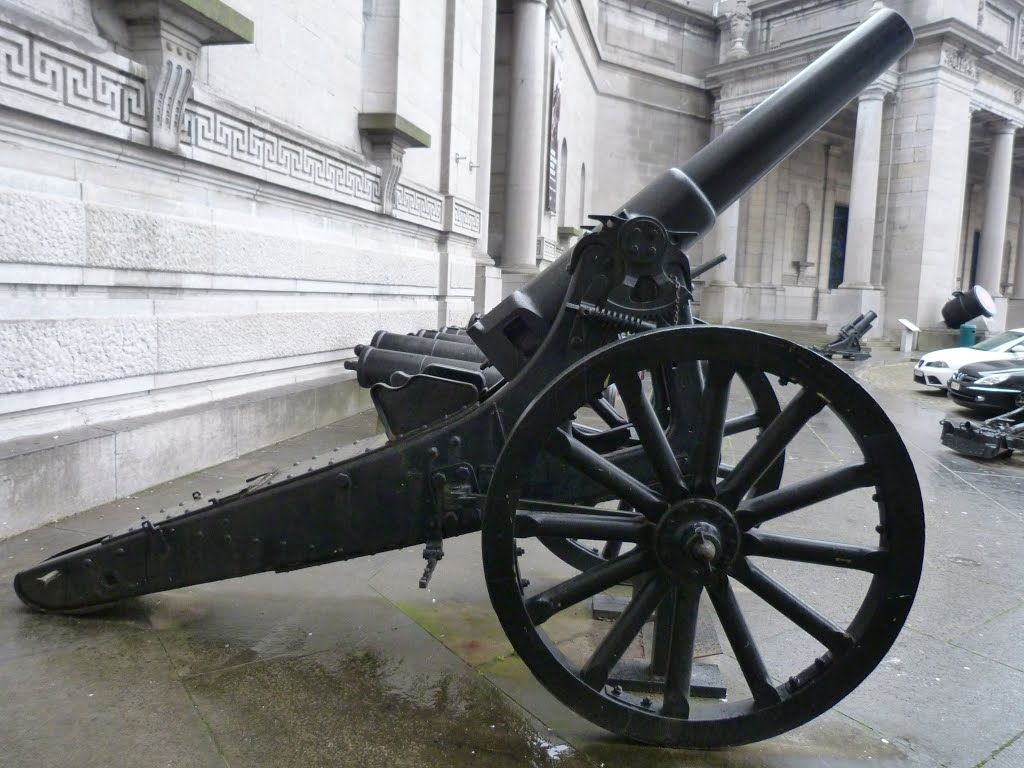
|

|
Side view. The rich collections of this museum allows to change the guns shown on the front pretty often
|
|
View on the elevation mechanism. Breech markings : '15c - N°54 - Liège 1895'.
|
|
|
Historic and technical information
|
|
Denomination :
Ob. 15 c.A. Mod. 1890
|
Origin :
 (
Cockerill)
(
Cockerill)
 (
FRC )
(
FRC )
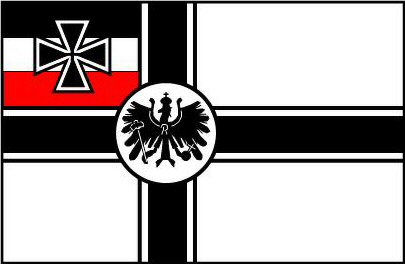 (
Krupp )
(
Krupp )
|
|
Historic context :
With the building of the forts of the Liège and Namur fortified cities in 1887-1891, Belgium gave a big order of more than 600 barrels of calibers 5.7cm, 15cm and 21cm under cupolas or on carriages to Krupp and Nordenfelt..
As soon as 1887, the Belgian companies Cockerill and FRC ('Fonderie Royale de Canons') gathered to propose as well similar weapons whose concept was very close to the one of the foreing companies. This how came the :
- 'Canon rayé de 15cA Mod 1890 (manchonné et fretté)', echoing the 'Canon rayé de 15cA Mod 1886 (manchonné et fretté)' de Krupp,
- 'Canon rayé de 12cA Mod 1879 (manchonné et fretté)' (126 barrels),
- 'Obusier rayé de 21cA Mod 1891 (manchonné et fretté)', echoing the 'Obusier rayé de 21cA Mod 1889 (manchonné et fretté)' de Krupp
- 'Obusier rayé de 15cA Mod 1890 (manchonné)' (25 barrels), echoing the 'Obusier rayé de 15cA Mod 1887 (manchonné)' de Krupp
- 'Mortier rayé de 15cA Mod 1890 (manchonné)' (50 barrels), echoing the 'Mortier rayé de 15cA Mod 1887 ' de Krupp
Never mounted under a cupola in the Belgian forts, the Obusier de 15c.A. Mod 1890 (manchonné et fretté) sur affût métallique de siège was one of these steel tubes ('A' meaning 'Acier' - steel) designed for the bell-curve firing, with a mantled barrel. Inspired from the German similar name weapon and probably developped with the help of Krupp, it had a longer barrel and a prismatic rear bloc.
Most of these carriage fortress weapons were captured by the German army in 1914 in the fortified towne of Liège, Namur and Antwerp, and were used by them to supplement the heavy artillery in the position war battlefields. They had 50 Belgian 15cm howitzers of two types (1887 and 1890) in 1916.
|
Technical data :
- Complete description : 15 cm steel howitzer (mantled) M 1890 Cockerill - FRC on siege metallic carriage
- Design year : 1890
- Calibre : 149.10 mm
- Weight in firing position : 2350 kg (tube only : 1000 kg)
- Weight for transportation : 3027 kg
- Tube length in calibres : 0.00
- Grooves : 0
- Projectile weight : 32 kg (obus explosif) - 31.22 kg (shrapnel)
- Initial speed :
- Fire rate :
- Range : 6800 m (explosive) - 5000 m (shrapnel)
- Elevation range :
- Direction range :
|
Sources
|
-
Vesting - Vestingartillerie Robert Gils Simon Stevin Vlaams Vestingbouwkundig Centrum 2010
-
Das Ehrenbuch der Schweren Artillerie (II. Band) Major Franz Nikolaus Kaiser Vaterlandischer Verlag Berlin 1934
|
|